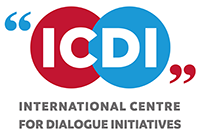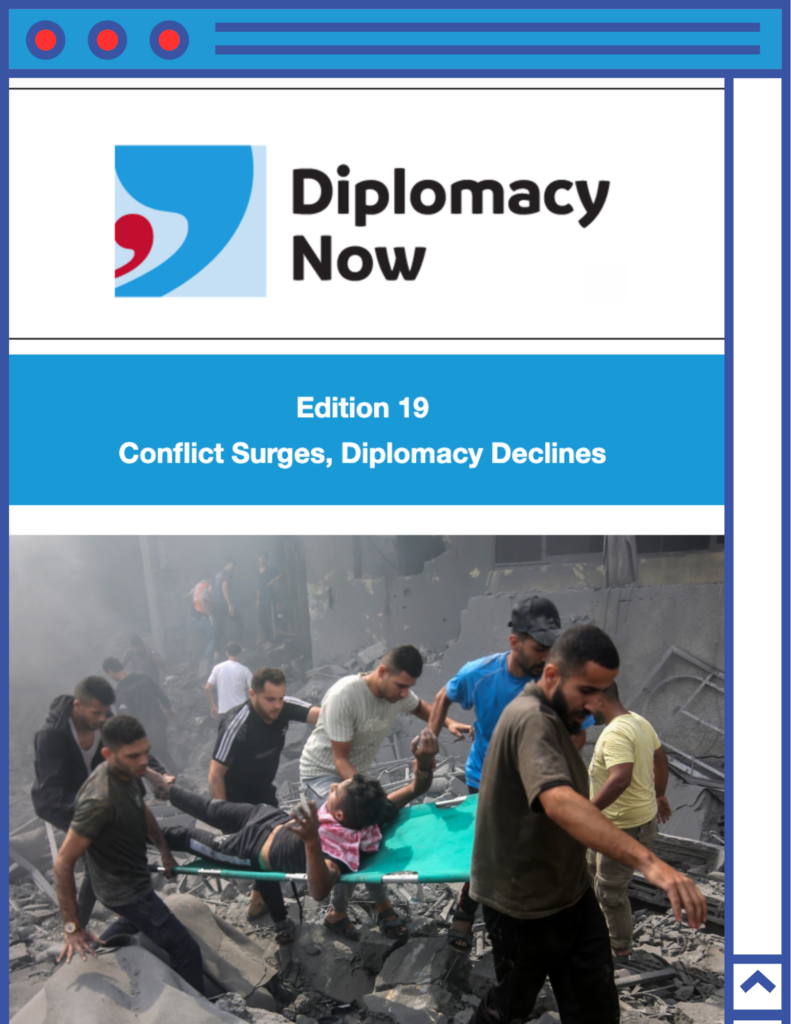Since the end of the Cold War, states, and international organizations, foremost among them the United Nations, have committed consequent material and financial resources to build peace. Despite these efforts, negotiated peace agreements have struggled to achieve sustainable peace. According to policy analysts, a major reason has to do with who negotiates peace. The contention is that, because peace is negotiated by those actors who waged the war in the first place, agreements reflect their narrow interests in power and resource sharing and thus fail to provide answers to the root causes of conflict. Scholars have argued that inclusive peace agreements i.e., those that broaden participation beyond the war actors, have a substantially better chance at achieving durable peace. According to one study, women’s participation increases the probability of a peace agreement lasting at least two years by 20 percent and a peace agreement lasting fifteen years by 35 percent. This is why policymakers have advocated for inclusion of civil society, women, and youth in peace negotiations. Indeed, inclusivity was identified as one of nine fundamentals by the 2012 UN Guidance on Effective Mediation.
The three ‘cardinal sins’ of inclusivity
A cursory review of recent efforts at inclusion, in Middle East peace processes and beyond, suggests that these have not produced expected results. Focusing on peace talks in Syria, I identify three transversal problems that contribute to a systematic gap between discourse and practice. First, selection problems plague efforts to include civil society actors into peace processes. Second, the UN’s focus on Track One processes has unduly narrowed understandings of what constitutes effective participation. Lastly, a broadly liberal understanding of civil society skews the UN’s understanding of the role that ought to be played by civil society representatives. Below, I expand upon these three problems and provide illustrations of the way they have negatively affected both the dynamics of peace processes and the effectiveness of civil society’s inclusion.
Selecting participants
Although promoted in the UN’s discourse, inclusivity has often been perceived as difficult because of the problem of ‘representativity’. The UN, as a member-state organization, has always delegated the choice of ‘representatives’ to its members; this, however, is not feasible when selecting would-be representatives of civil society to peace talks. How should the UN select? Who are the representative members of civil society? Who speaks for women, for youth? How many civil society representatives does it take to achieve true inclusivity?
In Geneva, the Office of the Special Envoy for Syria (OSE-S) opted for the creation of a Civil Society Support Room (CSSR) and a Women’s Advisory Board (WAB). For the CSSR, the OSE-S adopted a broad definition of civil society and a rotational system to ensure inclusivity, but it was more selective in the choice of WAB members. Neither system has managed to avoid the problem of representativity. Researchers, including myself and Sara Hellmüller, contend that the CSSR has struggled to achieve balanced representation, with groups based abroad and in opposition-controlled areas more easily identified and included than organizations working in regime-controlled regions. Others document the deep tensions that the method of selection of WAB members created within the Syrian women’s movement with some refusing to grant the women selected either representativity or legitimacy. There is no doubt that the participation of civil society and women delegates was meaningful.
Defining participation
A second recurring problem relates to differing understandings of effective participation. Civil society and women’s groups and organizations often privilege a narrow understanding of participation as a third ‘independent’ party at the table. This is the result of a long history of exclusion and marginalization as well as a reflection of the historical primacy of Track One processes.
Track One processes have a long practice of limiting the number of participants, based on a belief that the larger the number of negotiating parties, the more difficult it is to reach an agreement. As the ‘official’ channel of negotiations, Track One processes are particularly sensitive to the concerns of those defined as the main parties, whether state representatives or, to a lesser degree, their opponents. As a member-state organization, the United Nations may advocate inclusivity, it will not antagonize a member-state over the issue. Furthermore, Track One negotiations are usually shrouded in secret and UN civil servants worry about the ability to control information leakage should civil society be allowed into the room.
Instead, the UN will often attempt to channel civil society and women’s participation. In Geneva, the CSSR and the WAB have often met in parallel with but separately from the official talks. While this may help, it does not resolve the problem. During consultations with the OSE-S on the agenda for CSSR meetings in Geneva at the time of Special Envoy Staffan de Mistura, some participants expressed a preference for tackling the political issues that were on the agenda of the official delegations. This presented the OSE-S with a challenge in terms of maintaining the confidentiality of the official talks. However, steering discussions away from the political issues of the day also presented a risk of alienating participants who felt that they were ‘wasting their time.’ Similarly, the introduction of thematic working groups under current Special Envoy Geir Pedersen has been perceived by some civil society participants as ‘dilut[ing] the CSSR’s original objective, namely supporting negotiations.’
Producing the ‘right kind’ of participants
A final challenge facing UN efforts to implement inclusivity concerns the way the organization frames the participation of women. The UN Guidance on Effective Mediation underlines that the participation of stakeholders, other than the conflict parties, increases the ability to ‘identify and address the root causes of conflict and ensure that the needs of the affected sectors of the population are addressed.’ It adds that ‘Women leaders and women’s groups are often effective in peacemaking at community levels and should therefore be more strongly linked to the high-level mediation process.’ This reproduces a discourse according to which women are natural peacebuilders who gain the right to participate in peace processes by virtue of their peacebuilding credentials. This has had a deeply detrimental impact on the inclusion of women. First, because it has contributed to their depoliticization. As peacebuilders, they are primarily expected to focus on humanitarian issues at the expense of political ones. Second, because it has forced women to speak with one voice, something that has been particularly documented in the case of the WAB. In so doing, the UN excludes those women whose primary identity is political, as illustrated by the dismissal of WAB member Mouna Ghanem for engaging in political activities or by the adoption of a criterion preventing women members of political parties from applying to the WAB. It also curtails their ability to legitimately address political, constitutional or security issues, unless they have a ‘gender’ dimension.
Squaring the circle
Can the United Nations improve upon its current practice when it comes to implementing the principle of inclusivity in peace talks? There is no easy answer to this question nor are there quick fixes. No selection method is ever likely to stem all criticisms. As regards participation, the inability of Track One processes to yield results in cases such as Syria has created interest in multitrack approaches. Embracing such approaches could lessen the prestige associated with Track One and provide more entry points for civil society, women and youth into peace processes as illustrated by the UN’s engagement in local mediation efforts, primarily in countries such as the Central African Republic.
Whether the UN will succeed in overcoming the frame that equates women with peacebuilders is less certain, as such perceptions are deeply rooted in patriarchal approaches to gender differences. It would however be important to dissociate this criterion for entry into peace processes from the issues that women can address. For this to occur, the UN must first and foremost continue to work on gender inclusivity within the top ranks of the organization. What remains certain, however, is that as long as the three cardinal sins identified above are not addressed, there will systematically remain a profound gap between intentions and practice.
Marie-Joëlle Zahar is Professor of Political Science, Director of the Research Network on Peace Operations and Fellow at the Centre for International Research and Studies at the Université de Montréal. She is a 2023-2026 Pierre-Elliott Trudeau Foundation Fellow and a non-resident Senior Fellow with the International Peace Institute. From March 2013 until August 2015, she served as Senior Expert on Power Sharing on the Standby Team of Senior Mediation Advisers at the UN Department of Political and Peacebuilding Affairs where she remains on the mediation roster. In 2017, she was a senior expert in the Office of the Special Envoy of the United Nations for Syria.




